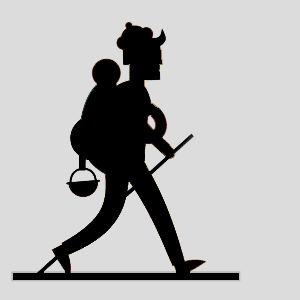
Loading...

Loading...
Bleeding is the escape of blood from the blood vessels.
In external bleeding, blood escapes the body through a surface wound. In internal bleeding, blood escapes from tissues inside the body.
In arterial bleeding, the blood is bright red and spurts with each heartbeat.
In venous bleeding, the blood is dark red and flows more steadily
Severe blood loss will result in the following signs and symptoms of shock:
• Pale, cold and clammy skin
• Rapid pulse, gradually becoming weaker
• Faintness, dizziness, thirst and nausea
• Restlessness and apprehension
• Shallow breathing, yawning, sighing and gasping for air
1. Perform a scene survey, then do a primary survey.
2. To control severe bleeding, apply direct pressure to the wound.
3. Place the casualty at rest.
4. Once bleeding is under control, continue the primary survey, looking for other life threatening injuries.
5. Before bandaging the wound, check circulation below the injury. Bandage the dressing in place.
6. Check the circulation below the injury and compare it with the other side. If it is worse than it was before the injury was bandaged, loosen the bandage just enough to improve circulation if possible.
7. Give ongoing casualty care. If the dressings become blood-soaked, don’t remove them—add more dressings and continue pressure. Removing the blood-soaked dressings may disturb blood clots and expose the wound to further contamination.
Suspect internal bleeding if:
• The casualty received a severe blow or a penetrating injury to the chest, neck, abdomen or groin
• There are major limb fractures such as a fractured upper leg or pelvis Signs of internal bleeding:
• Bleeding from the ear canal or the nose
• Bloodshot or black eye (bleeding inside the head)
• Coughing up blood that looks bright red and frothy (bleeding into the lungs)
• Vomiting bright red blood, or brown blood that looks like coffee grounds
• Blood in the stool that looks either red or black and tarry
• Red or smoky brown-looking blood in the urine
• Signs of shock with no signs of external injury
1. Perform a scene survey. Have the casualty lie flat on their back and do a primary survey.
2. Send or go for medical help.
3. Give ongoing casualty care, including laying the casualty in the supine position, and giving first aid for shock.
You can do very little to control internal bleeding. Give first aid to minimize shock and get medical help as quickly as you can
854